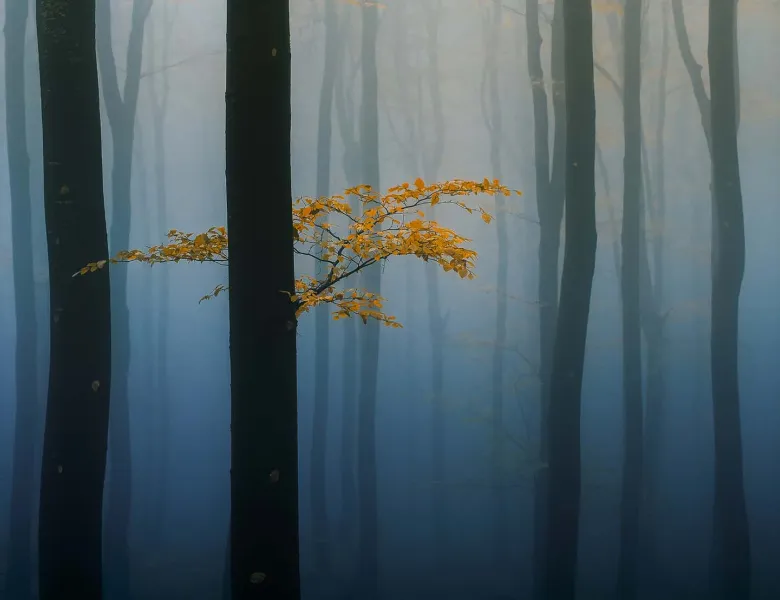Last of The Crooners: A Portrait of the Palm Tree
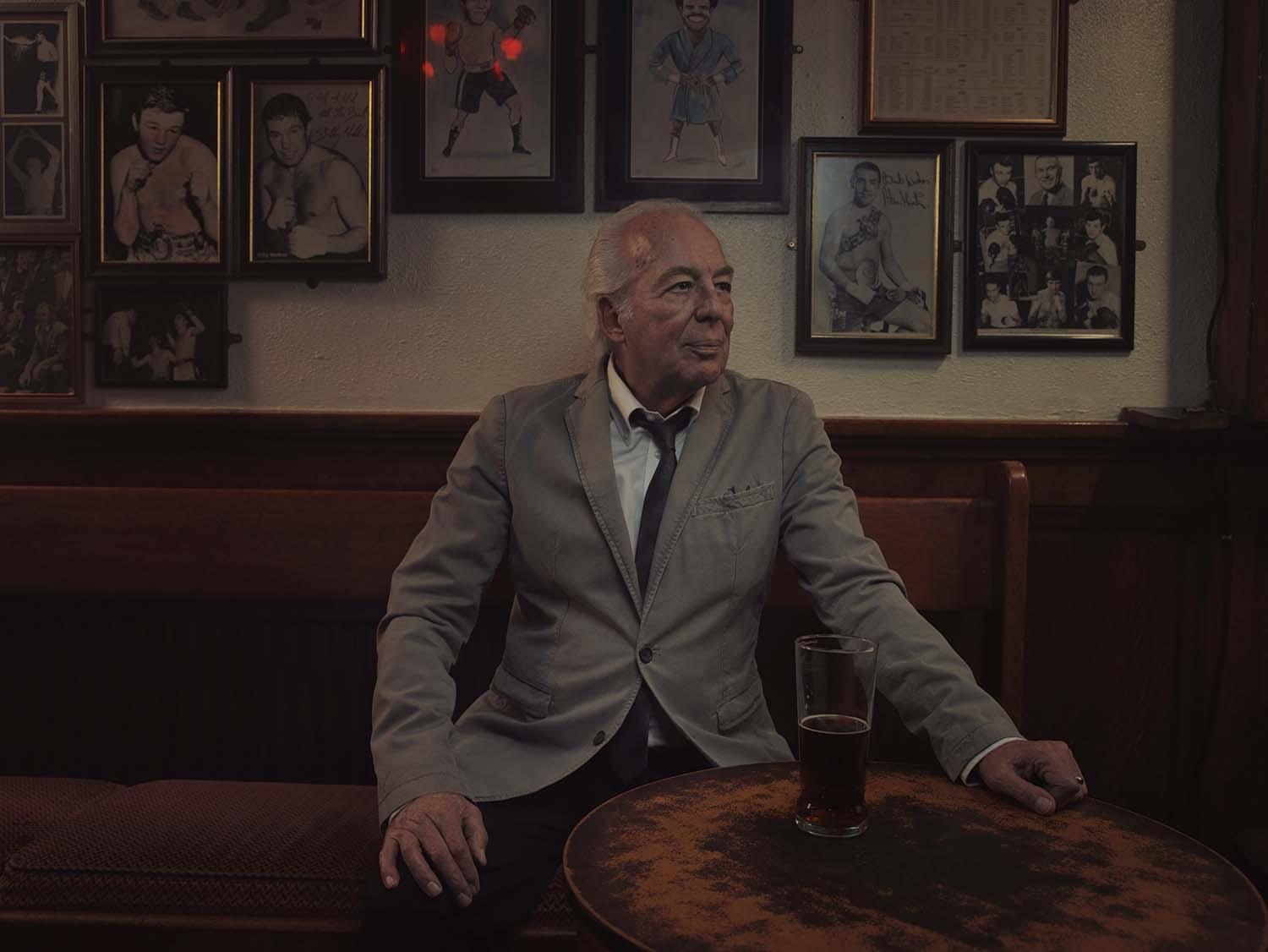
The Last of The Crooners is a charming, gloriously produced portrait series by the London-based photographer, Tom Oldham. Charming for its atmosphere, its spirit, and its subject matter: the fading era of East London crooning. Glorious for its tone: a warm glow of musical notes, the musky pub air and the overriding sense of merriment.
The series has been met with wide-spread recognition, culminating in winning 1st Place in the Professional Portraiture category of the 2018 Sony World Photography Awards. The series is on display at Somerset House during the 2018 Exhibition until 6th May. You can also visit the pub in question, the Palm Tree, to see the images and also buy the specially produced vinyl to accompany the works.
Below, Tom takes us through the evolution of this fascinating series.
Text by Tom Oldham
For me, this project came about because it had to. People are always saying "stick to what you know", but I don’t necessarily adhere to those rules. As photographers, the camera is the greatest ticket into the unknown. So many times I’ve been welcomed into a new world because I was holding this piece of kit that people trusted me with, and for my new project, The Last of The Crooners, it provided intimate access into a world about which I was to learn a great deal more.
I’ve been a regular at the Palm Tree, a pub in East London, for around 17 years. My hazier years are behind me now, as I gave up drinking 5 years ago, but I still long for the atmosphere of a regular pub and the Palm Tree has this in spades. Not only that, it also enjoys a rich, forty year heritage of live jazz every single weekend, without fail. Consistency is a strength I admire, but they really have made it their thing at the pub. Once upon a time in East London, tons of pubs would have live music and jazz, with professional singers earning a living at keeping people in the pub by crooning their way through the great American songbook.
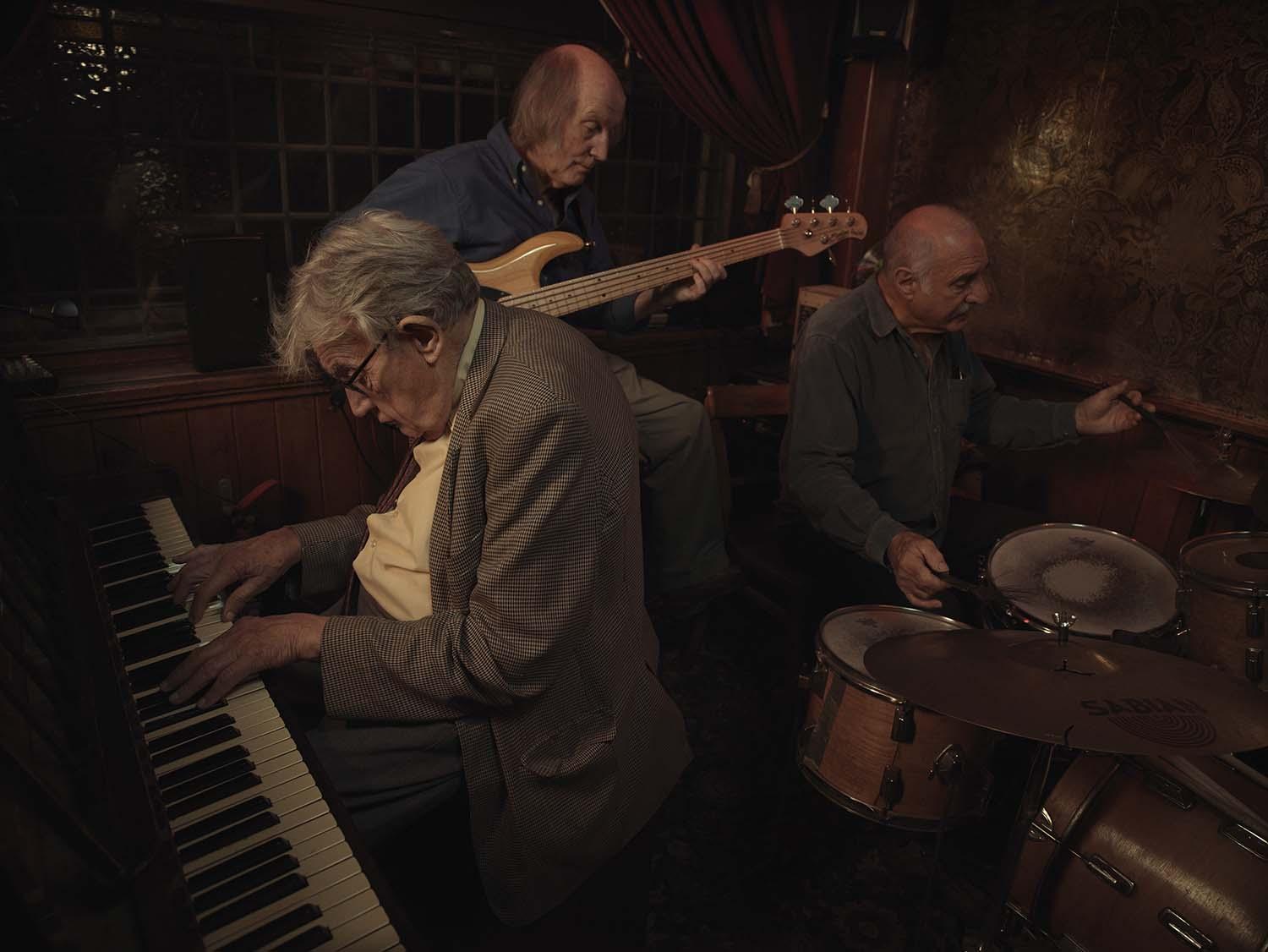
However, traditions fade, demographics shift, fashions change and the Palm Tree became a beacon as one of the last remaining pubs to doggedly maintain this scene. A huge array of highly regarded players have performed there and each of them loves the enthusiasm of the bar staff, the regulars, the hipsters and those just attracted by the warm glow of this canalside beacon.
I had to do a shoot. We’d danced around the subject for quite a few years but post-East London Olympics, the rapid degrees of change seemed to ramp up again and the timing felt right to see if I could document the pub, the singers and players, the Barrett landlord family and the performances – so I asked again. This time, the request was met with a harmonious response and the dates for a shoot were set. With the phone book opened, calls were made and one by one the talent started agreeing to swing by for a portrait session. I was smiling, nervously.
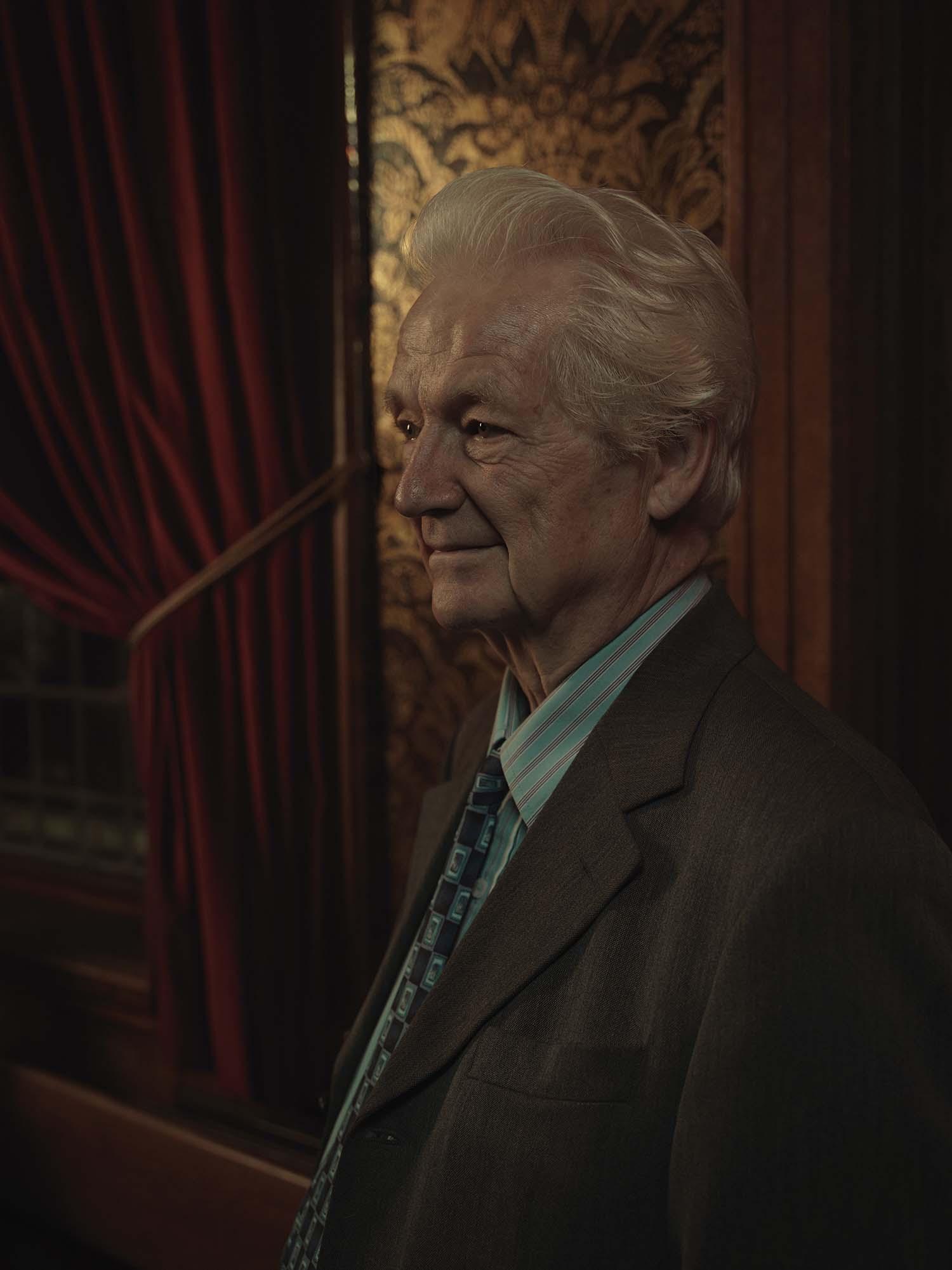
The day of the shoot was a hectic one. It had to be zero impact on the bar, so extreme caution was used to ensure nothing was scratched or broken as we installed and set up lights and cameras. In came the players and then the thing happened – the thing you wish for on every shoot but can’t guarantee. The first images appear on the screen and it’s looking good. Really good. Charlie in his white suit jacket pops and it dawns on everyone that we’re on to something special. This is inspiring so we dig in and push for more shots, better shots, with everyone who comes before us. Helen Keating is next – she’s 81 and is a showbiz pro from the old school. Nails it. We’re rolling so push on and then move to shoot live setups. It’s probably key to note at this point that we’re not shooting documentary – these are portraits, lit with a keen eye to ensure the integrity of the feel of the pub, which is known and loved by many, is maintained. This for me is where the success lies as there are many stakeholders who really care how this project turns out and I’m probably third in a long list.
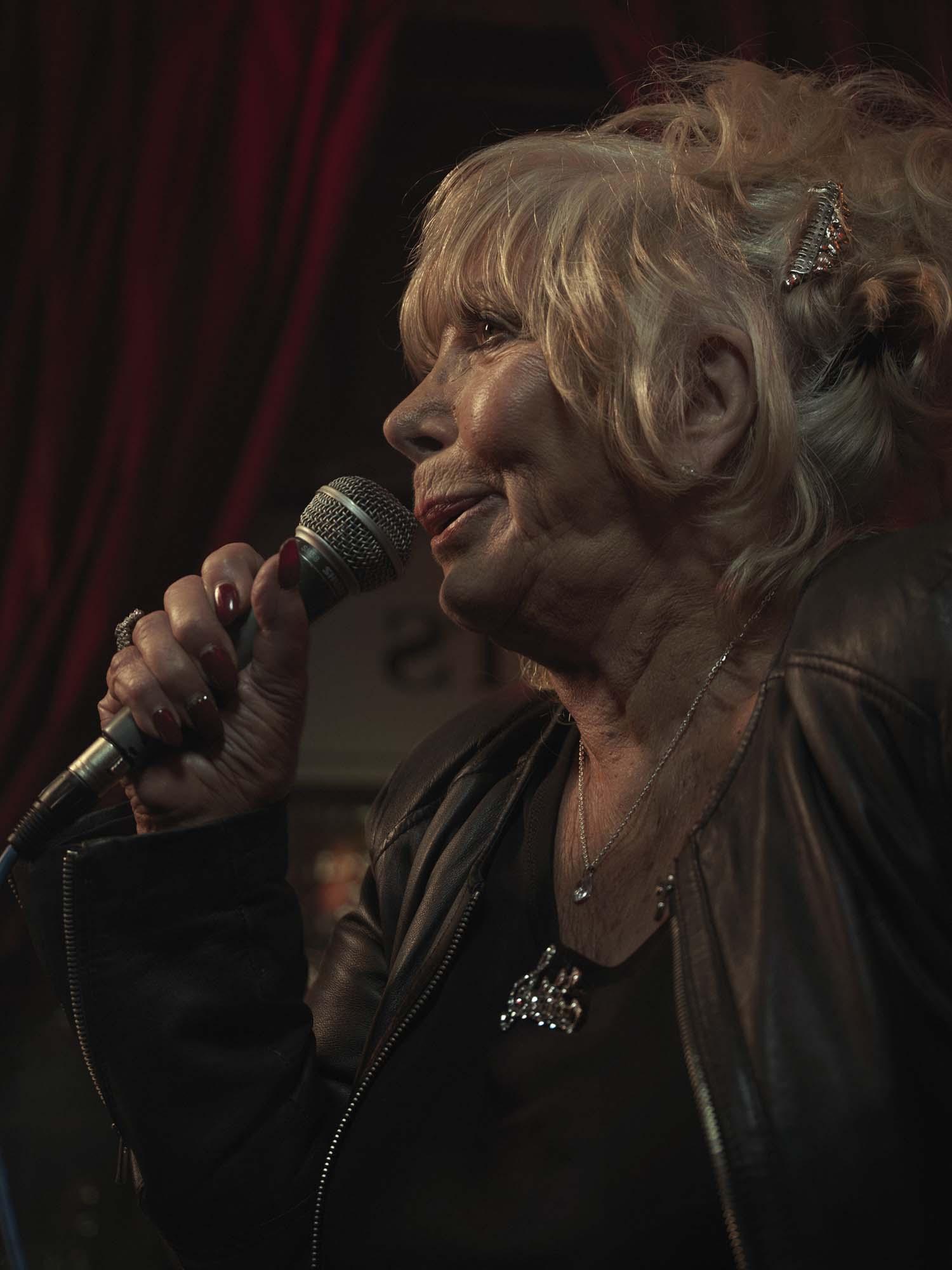
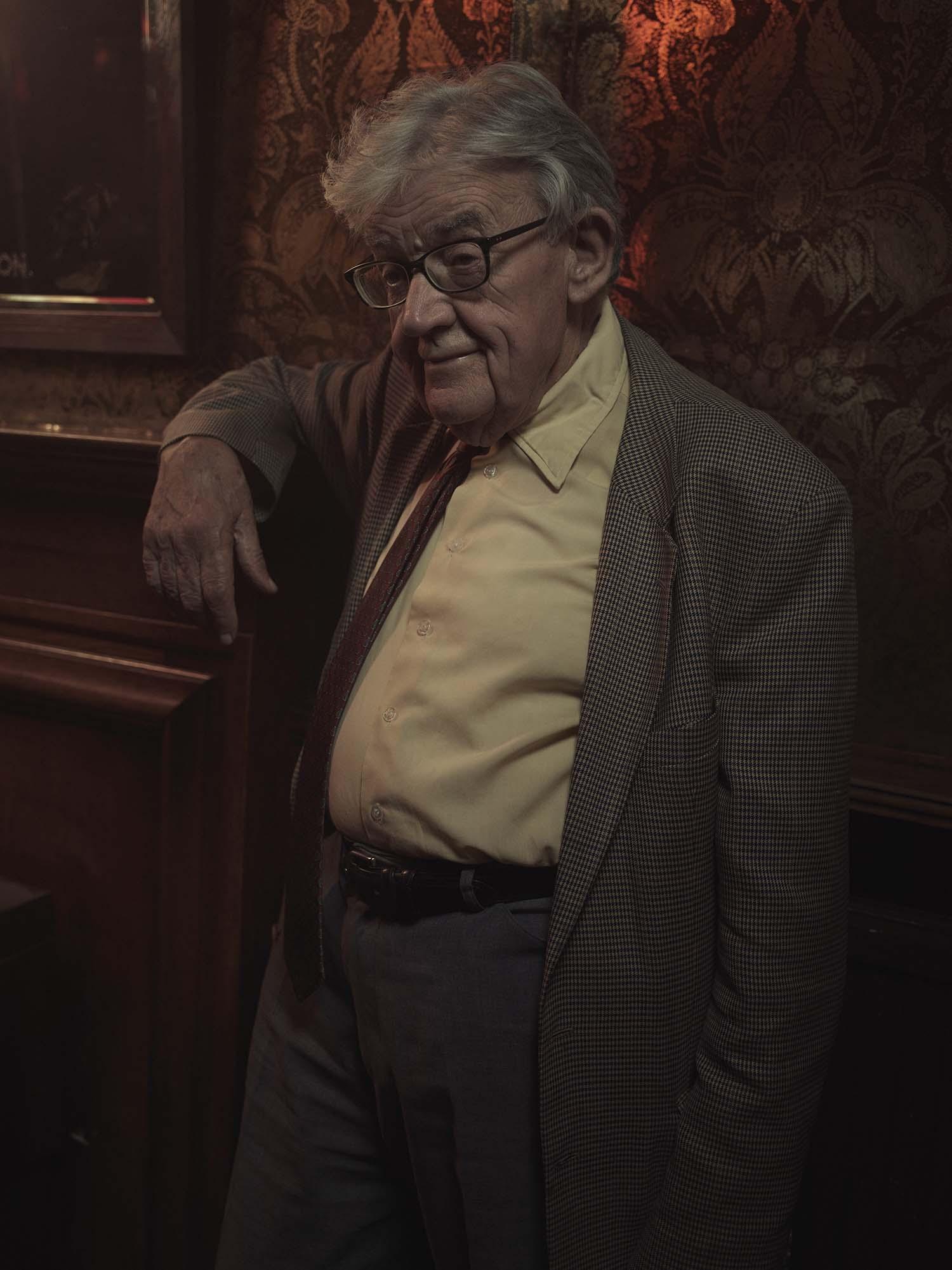
A long night ensues. Jack Honeyborne shows up – a genuine legend of the scene who played with Vera Lynn in WW2. He plays and sits for a portrait and it’s getting better. We wrap at about 1am after everyone has played and sung and we’re exhausted, but exhilarated too, which is always the target of a shoot like this.
We follow up a week later with another shoot where all the performers who couldn’t make the first push come in. It goes off again, this time in the other bar.
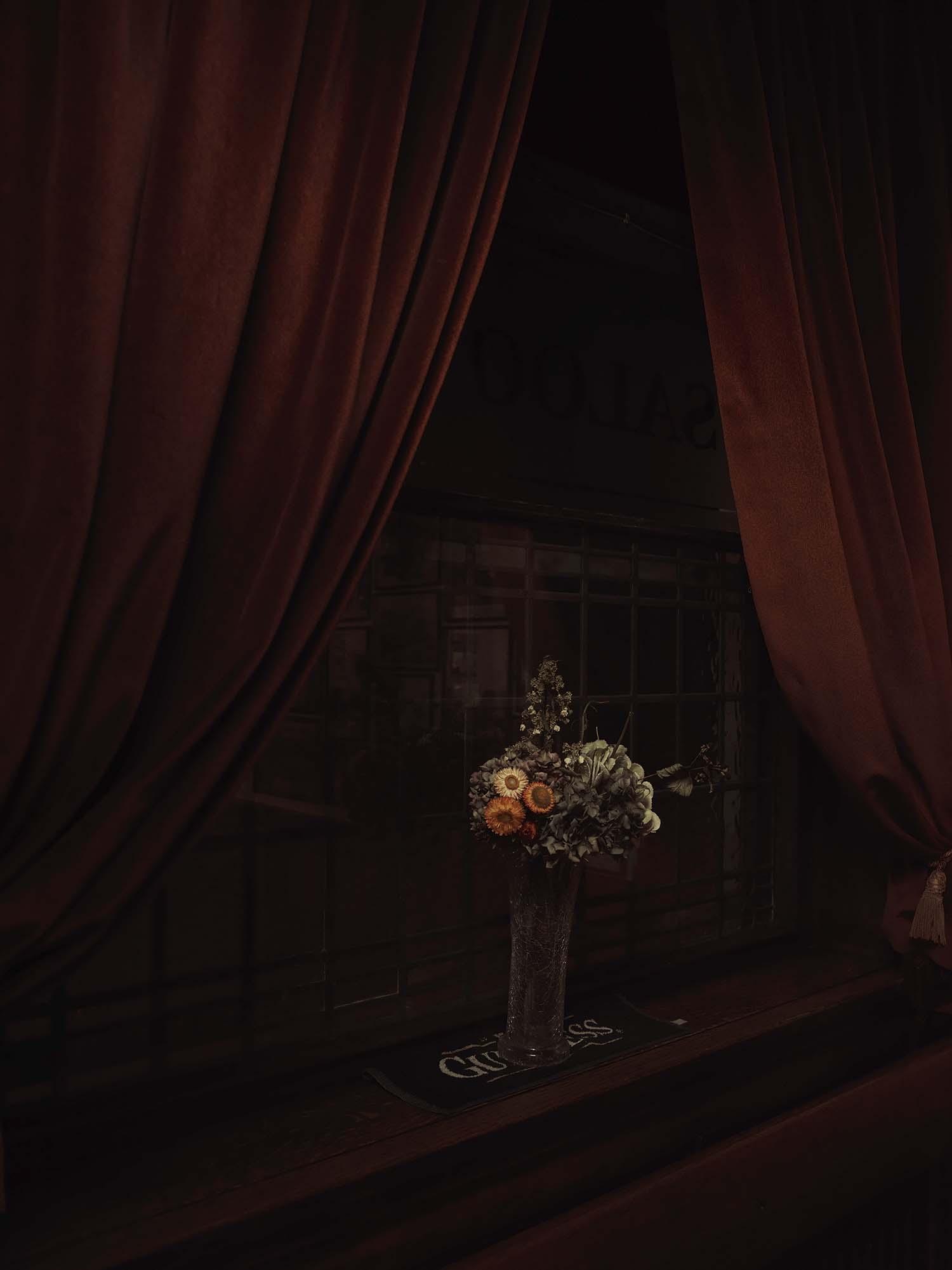
The edit is easy as we shoot very economically and then I sit on it – this period of reflection is quite daunting as your nerve can wobble and an unwelcome doubt usually creeps in. I get an email: One Day Left To Enter The Sony World Photography Awards. It’s late, and at the eleventh hour, I do a quick edit, write some captions and drag and drop then click the Enter Now button.
Photographers: Always do this. Don’t ever not do this. I am the living proof of why.
You get a call some months later, with UNBELIEVABLE news. I ask for an email confirmation as I’m convinced it’s a wind-up. Next thing you’re shopping for a tux in M&S (recommended) and you’re up West in a fancy pants hotel. I win the Professional Portrait category and marvel at how I travel the world, shooting portraits of incredible people from all backgrounds, yet it was the old boys and girls of East London that finally did it for me. There’s definitely something to be said for that.
tomoldham.com
worldphoto.org/exhibition






